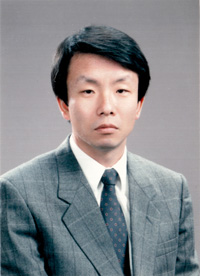The level of Research and Development (R&D) related to solar cells in Korea has reached global standards. Professors Seung Hwan Ko and Hyung Jin Sung of the Department of Mechanical Engineering, KAIST developed Zinc-oxide functional nano-structures imitating a forest. Applying this technology to Dye Sensitized Solar Cells (DSSC), the team increased the energy conversion efficiency to one of the highest in the world.

Electrodes in DSSCs were traditionally made out of disordered porous Titanium-oxide structures. This type of electrode had problems, for newly created electrons recombined with holes when passing through the porous structure, inducing energy loss.
The team took notice of the structure of a tree, on which all the leaves can absorb sunlight efficiently and implemented "nano trees" made up of Zinc-oxide nano wires that together made up "nano forests."
This structure reduced the loss of electrons from light reactions, increasing the efficiency of DSSCs by three to five times. The structure also proved that solar cells exceeding the efficiency of Titanium-oxide porous nano structures could be created.
“With this new material, the research of functional nano structures and maximization of solar cell efficiency, we reached global standards in our field,” Professor Ko said. He also added that the research could be applied to various electronic devices such as light-sensor displays.
The research was funded by the Creative Research Promotion from the Korea National Research Foundation. It was also published in the January online edition of Nano Letters.

